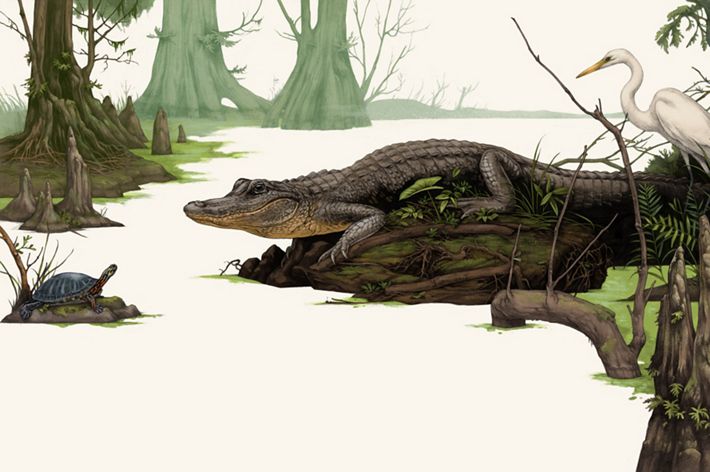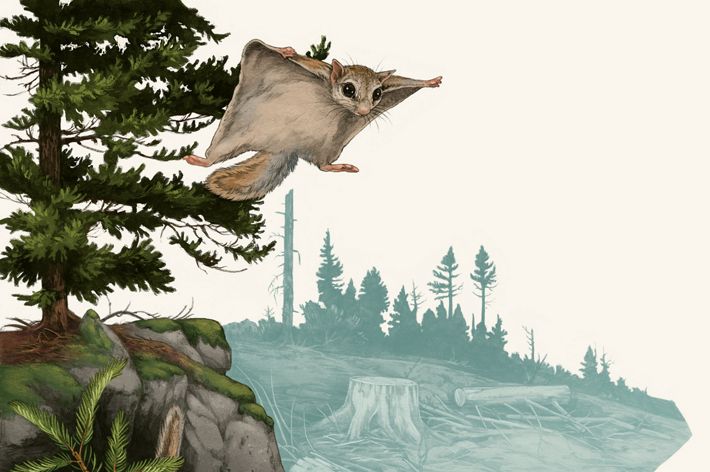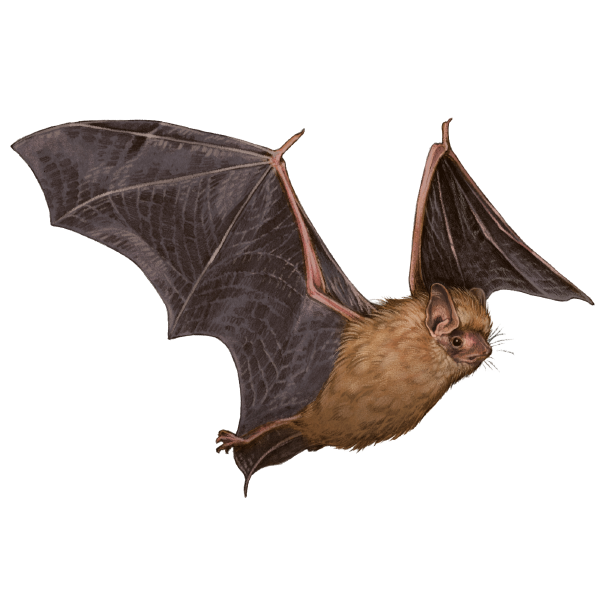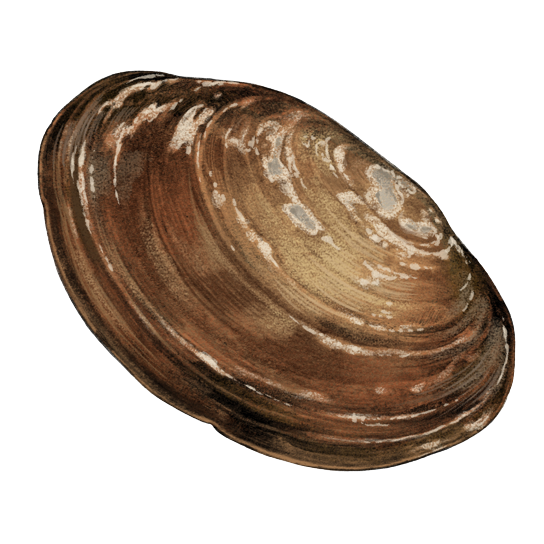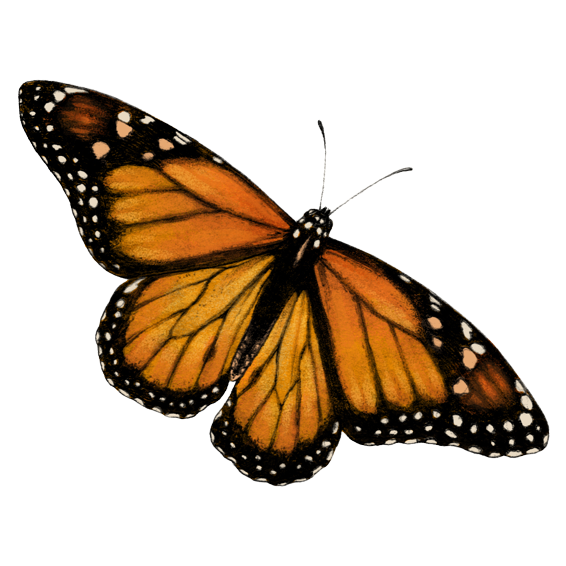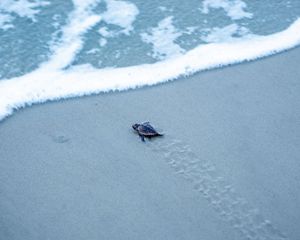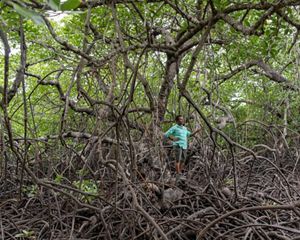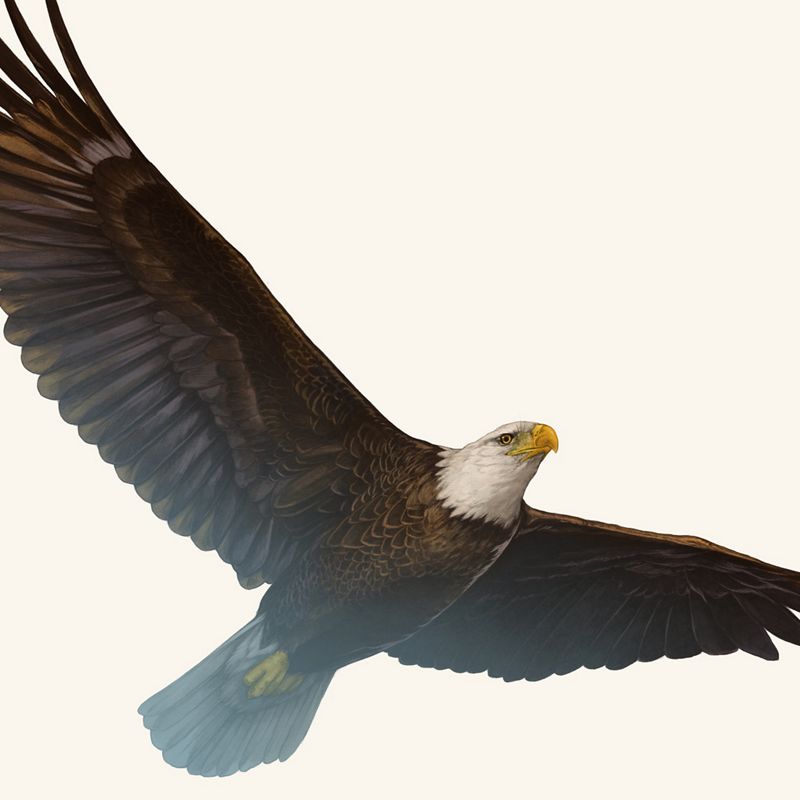
50 Years of Protecting Endangered Species
Amid a biodiversity crisis, the landmark protection act hits a major milestone.
Text by Catherine Zuckerman | Illustrations by Teagan White | Winter 2023
In 1963, one year after Rachel Carson’s Silent Spring was published, bald eagle populations in the lower 48 U.S. states hit an all-time low. Officials counted just 417 nesting pairs—a shocking fraction of the estimated 100,000 birds that once soared the skies in the 18th century, and a grim reinforcement of Carson’s warning against agriculture’s indiscriminate use of chemicals like the pesticide DDT. Other species’ numbers were plummeting as well. A postwar boom in construction, logging and agriculture was polluting the nation’s air and water and degrading habitats for many animals, including grizzly bears, whooping cranes and shortnose sturgeon.
Amid a groundswell of public concern for the imperiled wildlife and the broader environment, the federal government began implementing a series of conservation measures. In 1970, Congress established the Environmental Protection Agency, which in 1972 outlawed most uses of DDT. Then, in 1973, President Nixon signed the Endangered Species Act, which mandated steps to protect and restore plants or animals identified as “threatened” or “endangered.” In doing so, it provided a framework
for protecting species and their ecosystems from further decline, and it signaled to the world that direct action could make a difference.
More Endangered Species Stories
Nature's ComebacksIn the 50 years since the act was adopted, more than 1,000 fish, mammals, insects, birds, flowers and other species have been listed under the act, and more than 50 have rebounded because of its protections, including some that The Nature Conservancy has helped restore. One of them is the bald eagle, which was “delisted” in 2007 after the bird’s numbers recovered. Now the eagle can be spotted in nearly every state.
Who’s to say what the Endangered Species Act’s next 50 years will hold? The act will no doubt be tested more than ever before as the effects of climate change, coupled with a global biodiversity crisis, pose unprecedented threats to the creatures it was designed to protect.
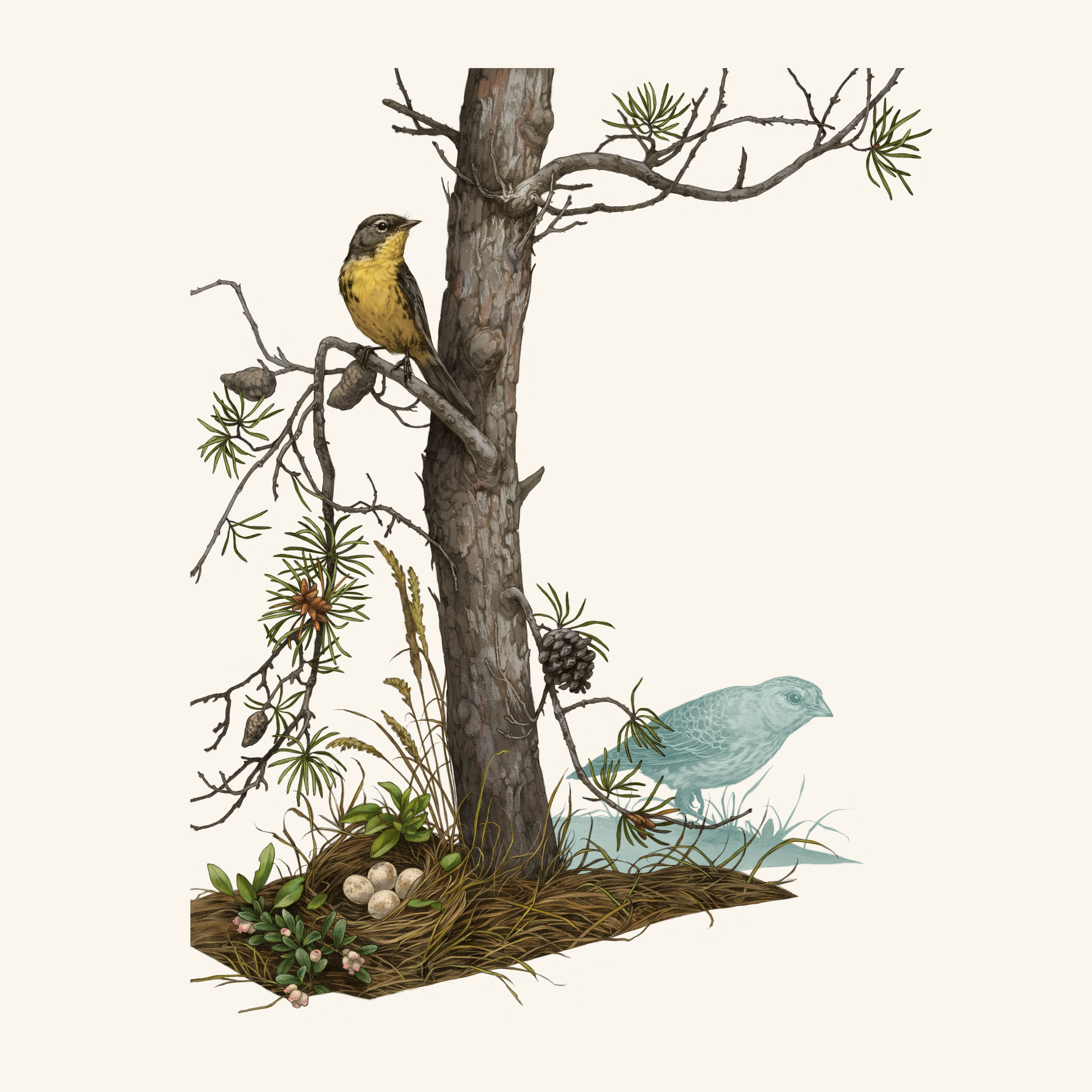
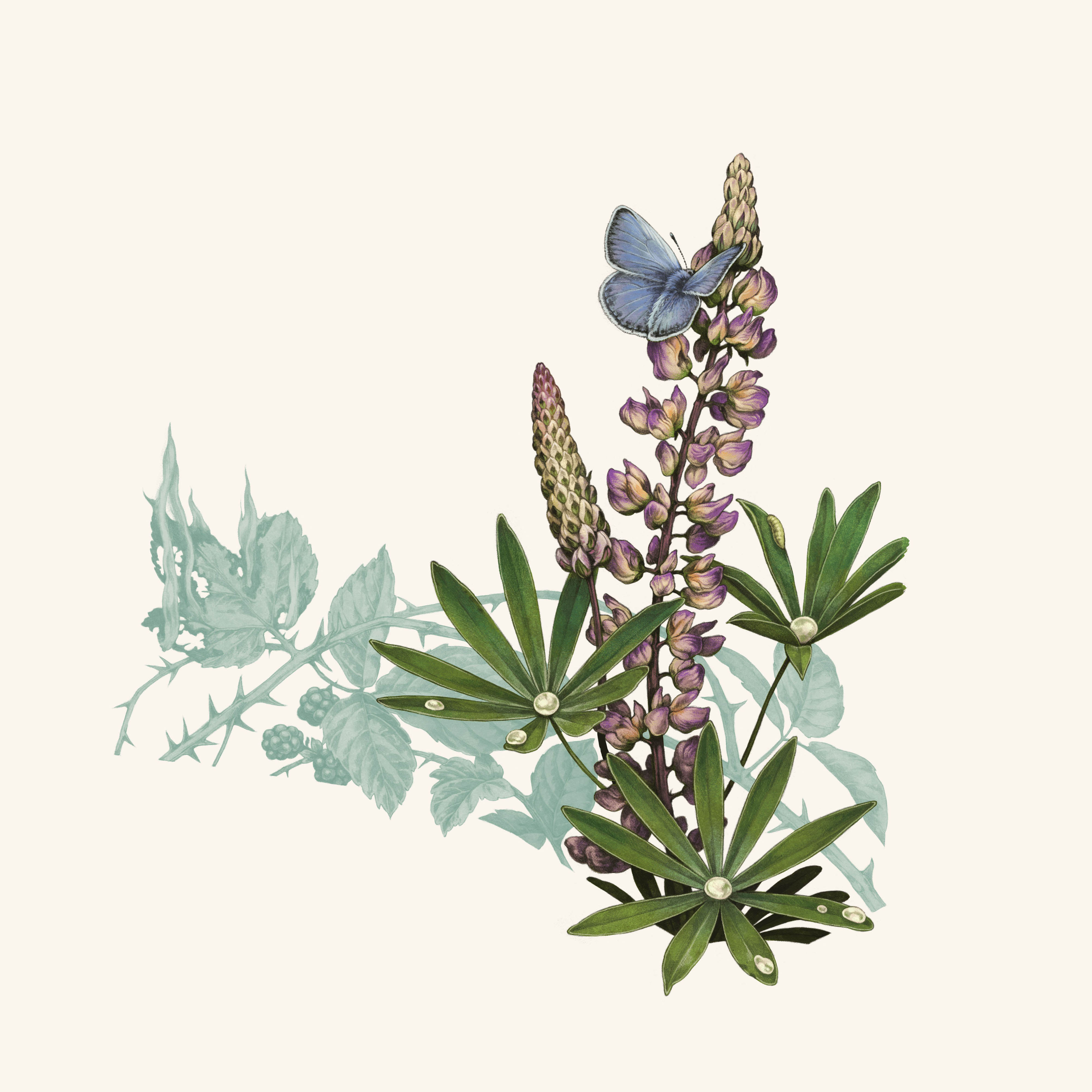
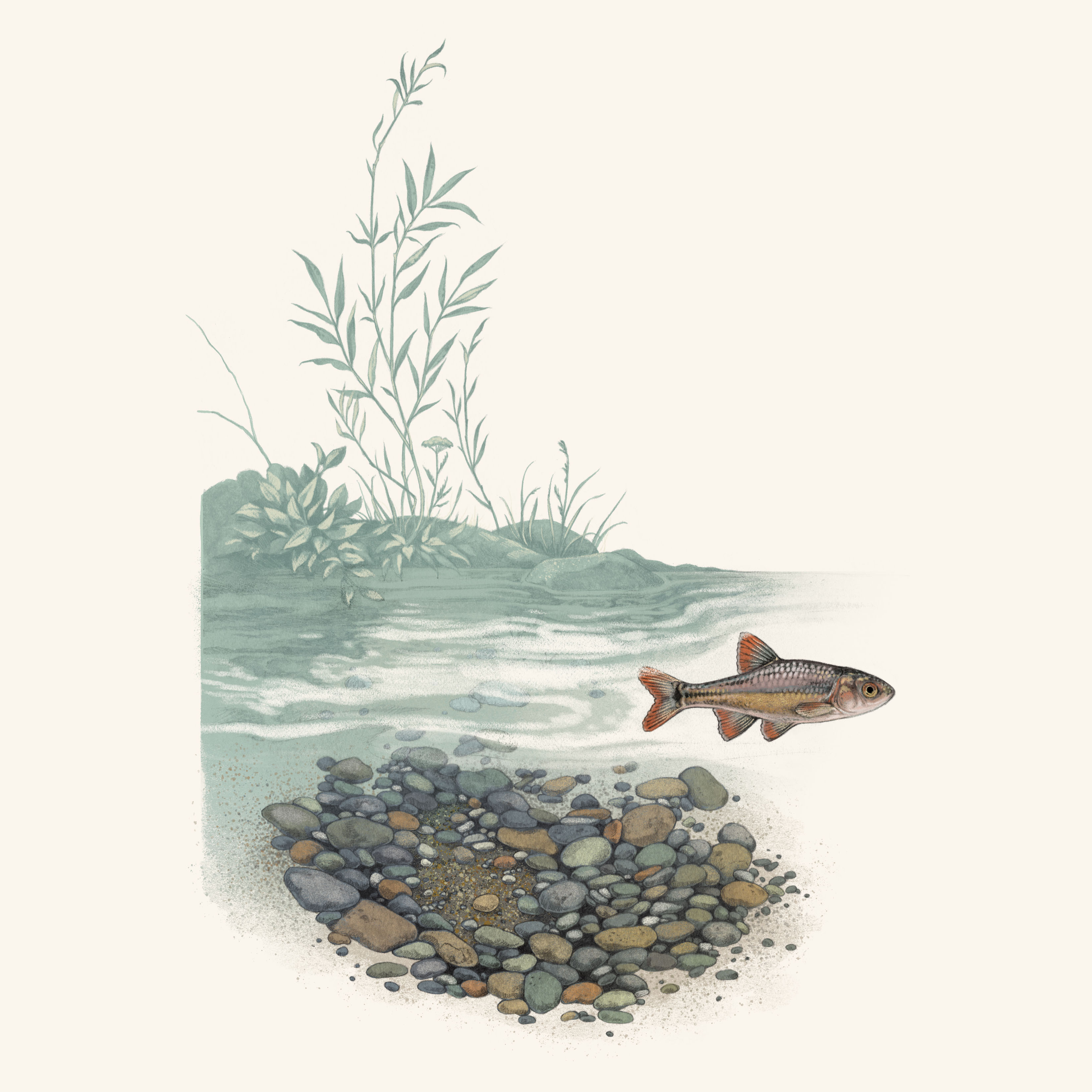
American Alligator
Alligator mississippiensis
There are only two species of alligator in the world: American and Chinese. The former was listed as endangered under earlier legislation—the Endangered Species Preservation Act of 1966—after hunting pushed it near extinction. Once protected by the Endangered Species Act’s limitations on alligator products and hunting—as well as increased conservation of its habitat—populations recovered.
American alligators mostly live in coastal parts of the southeastern United States. They rely on fresh water to live but can tolerate salt water for brief periods of time for foraging, says Eric Krueger, TNC’s director of science and stewardship in South Carolina. “They tend to be on the outer coast, where tides promote growth of grassy wetlands where they can build nests and get in the sun.”
With only limited hunting allowed, the American alligator’s primary threat now is habitat loss caused by development and the pressure that climate change is putting on tidal freshwater areas. The Nature Conservancy has been involved in protecting the species by conserving wetlands throughout the Southeast. In South Carolina’s Ashepoo, Combahee and Edisto Basin, TNC has protected more than 83,000 acres, contributing to a combined
310,000 acres privately and publicly protected in the region. Delisted in 1987 and with an estimated population of 5 million today, the American alligator is still monitored because it closely resembles the American crocodile, which overlaps with its range in southern Florida and is listed as endangered.
American alligators help balance ecosystems by keeping populations of species lower on the food chain in check. Today they face a growing new threat: clashes with humans. Though they don’t typically attack people,
alligators are attracted to stormwater ponds in developed areas. Do not leave food there, says Krueger. “Feeding them breaks down their natural fear.”
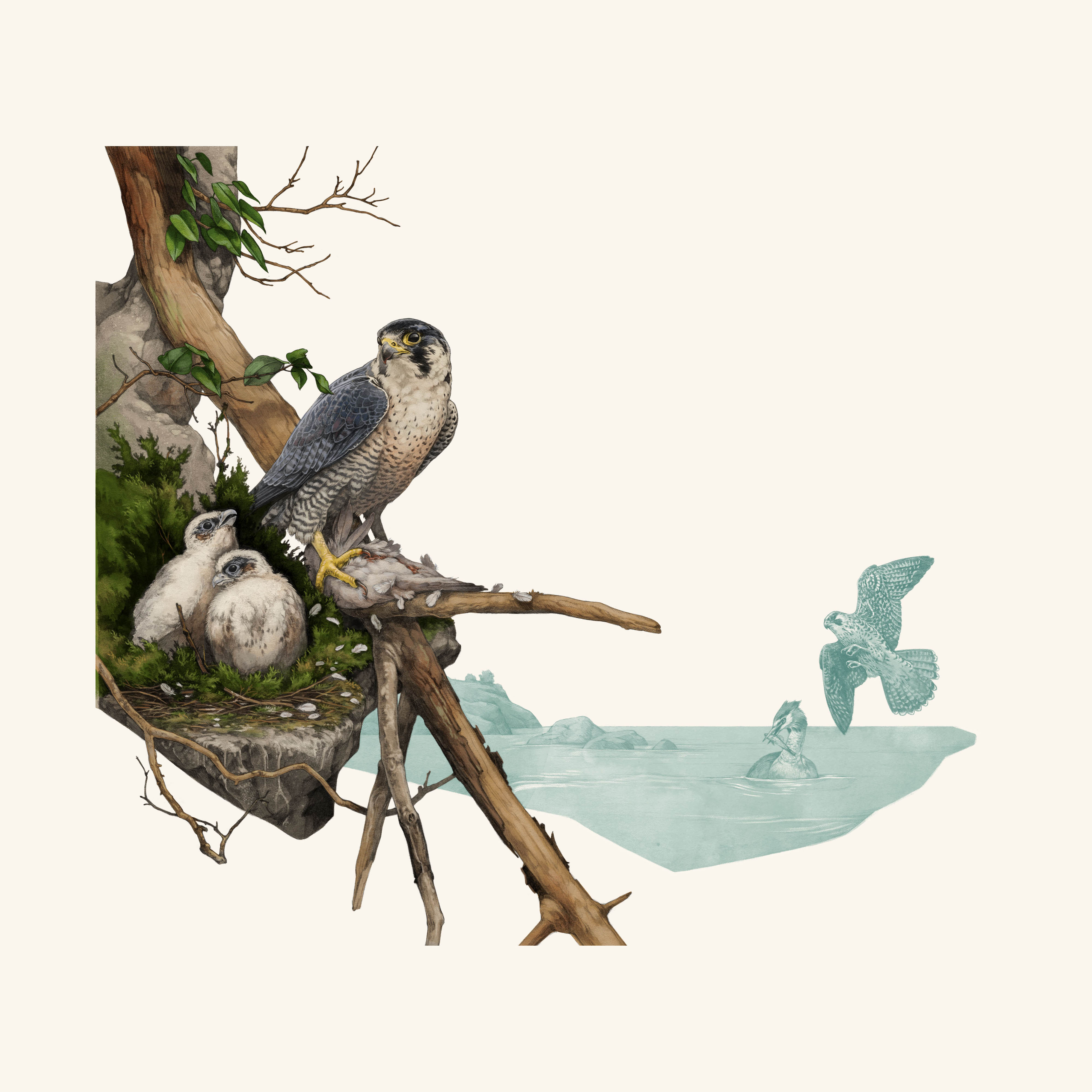
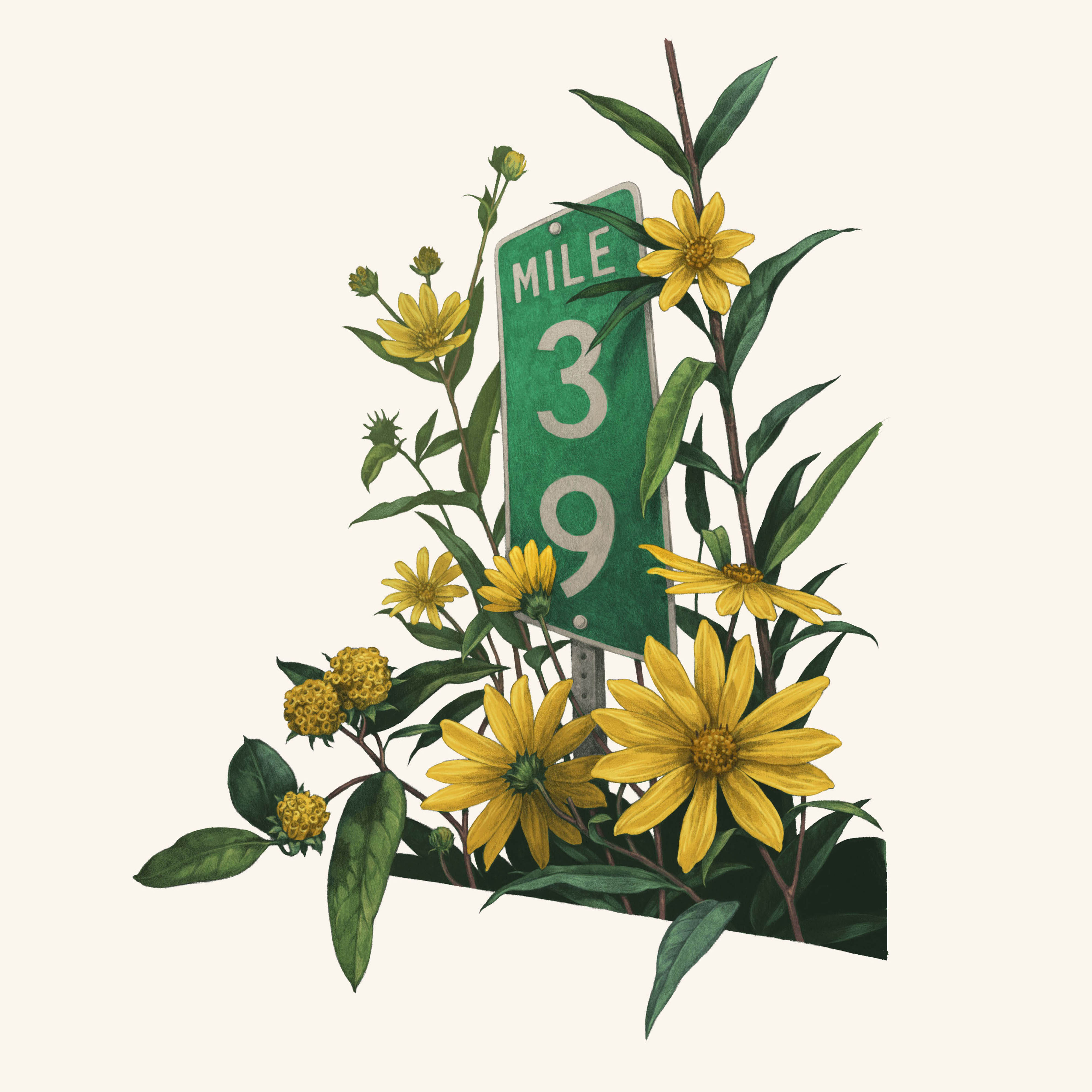
Virginia Northern Flying Squirrel
Glaucomys sabrinus fuscus
High in the Allegheny mountains of West Virginia and Virginia, the nighttime movements of foot-long flying squirrels are a sign that all is well in this Appalachian world. The nocturnal mammal depends on a specific, truffle-like fungus as its primary food source, and that fungus in turn depends on the roots of healthy red spruce trees. “It’s a web, not a linear relationship,” says Mike Powell, director of land management and stewardship for TNC in West Virginia. The squirrel propagates the fungus through its droppings, exemplifying a symbiotic relationship reflective of a healthy ecosystem. It wasn’t always this way though. Logging activity in the 1800s destroyed hundreds of thousands of acres of red spruce, replacing the squirrel’s once-cool, moist habitat with a sun-baked expanse prone to flooding and erosion. “It was described as the greatest spruce forest known to man,” says Powell, “but once it was discovered by industrial loggers, it disappeared very quickly—almost every standing spruce was cut.” By 1985, the squirrel was of such concern that it was listed as endangered, setting into motion a range of conservation projects and partnerships. Among TNC’s collaborators is the Central Appalachian Spruce Restoration Initiative. The Nature Conservancy has also protected thousands of acres of these forests and, to ensure they remain undisturbed by mining, purchased the mineral rights for 57,000 acres on Cheat Mountain as well as 4,000 surface-rights acres in high-elevation areas. “Collectively,” says Powell, “we have planted over 2 million red spruce and associated trees.” That equates to about 70,000 acres in which red spruce is once again the dominant canopy. Delisted in 2013, the squirrel, like so many species, is now threatened by climate change and will require a habitat that is more resilient than ever if it is to survive. These forests have been through several stress points, says Powell. “We’re working as hard and as fast as we can to restore them.”
Soon To Be Listed?
Several animals are currently under consideration for inclusion on the endangered species list. Here are three potential candidates. Click the images to learn more.

Magazine Stories in Your Inbox
Sign up for the Nature News email and receive conservation stories each month.
About the Creators
Illustrator Teagan White is an artist whose work has appeared in numerous books and gallery shows and often focuses on biodiversity loss.
Writer Catherine Zuckerman is a senior writer for Long Story Short Media who recently wrote about kelp forests for Nature Conservancy’s summer issue.
